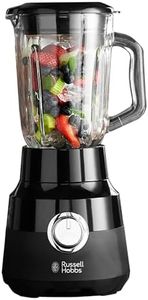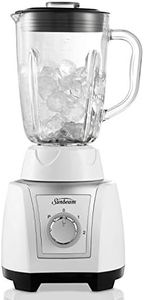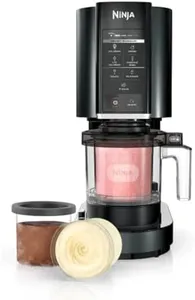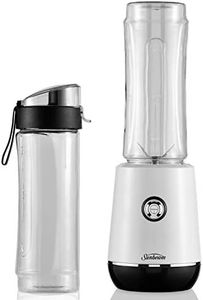We Use CookiesWe use cookies to enhance the security, performance,
functionality and for analytical and promotional activities. By continuing to browse this site you
are agreeing to our privacy policy
10 Best Milkshake Makers
From leading brands and best sellers available on the web.Buying Guide for the Best Milkshake Makers
Choosing a milkshake maker can elevate your homemade treats and add a new level of fun to your kitchen. When picking the right milkshake maker, it's important to think about how often you'll use it, the types of drinks you want to make, and how much counter or storage space you have. Understanding the key features will help you find a model that matches your lifestyle and needs, ensuring you enjoy smooth, creamy milkshakes every time.Motor PowerMotor power refers to how strong the machine's motor is, typically measured in watts. The power of the motor determines how well the milkshake maker can blend thick ingredients and ice cream. Lower-powered models, usually under 100 watts, work well for soft ice cream and milk, but they may struggle with thicker mixtures or frozen items. Mid-range power, between 100 and 300 watts, provides a balance for most homemade milkshakes with moderate thickness. High-powered machines over 300 watts can handle extra-thick shakes or professional use. For occasional, simple shakes, a lower-powered option is often sufficient, while frequent or more creative users may prefer more power.
Mixing Speed SettingsSpeed settings allow you to control how fast the blades or whisks spin. Some milkshake makers offer one basic speed, while others provide multiple options. Single-speed machines are straightforward and easy to use, ideal for basic milkshakes. Two or three speeds let you better control texture and blending, helpful for experimenting with consistency or mixing in add-ins like fruit or cookies. If you like variety or plan to use the machine for different drinks and textures, choose a model with more speed choices.
Cup CapacityCup capacity is the maximum volume the mixing cup can hold—usually measured in ounces or milliliters. Personal-sized cups (12–16 ounces) are great for single servings and save space, while larger cups (24 ounces or more) are better for making shakes for multiple people at once. Thinking about how many servings you want to make with each use will help you pick the right cup size for your needs.
Material and Build QualityThe materials used in the milkshake maker, such as plastic, stainless steel, or metal, affect durability, cleaning, and the overall feel of the unit. Stainless steel and metal are typically sturdier and longer-lasting, and they often look more professional, but may be heavier. Plastic parts can be lighter and more affordable, though possibly less robust. If you care about longevity or want a machine that’s easy to clean and looks good on the counter, prioritize solid construction and quality materials.
Ease of CleaningCleaning the milkshake maker involves how easily you can take apart, wash, and reassemble the parts that get dirty (like the cup, spindle, and blades). Some models have dishwasher-safe parts, while others need hand washing. Units with simple construction and fewer nooks and crannies are generally easier to keep clean. If you value convenience and quick cleanup, look for models that advertise easy-to-clean features or have removable, dishwasher-safe components.
Size and Counter SpaceThe physical size of the milkshake maker impacts how much space it takes up on your counter or in storage. Compact models are ideal for small kitchens or occasional use, while larger machines might be more suitable if you plan to leave it out for regular milkshake sessions or entertain groups. Consider your kitchen layout and storage possibilities when picking a size, so the machine is handy when you want it without becoming a hassle.

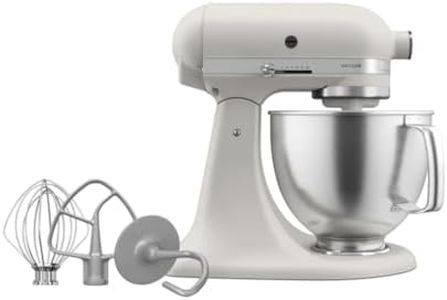
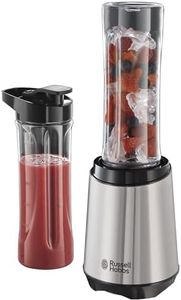
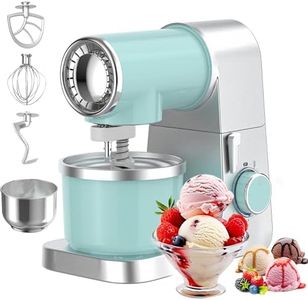

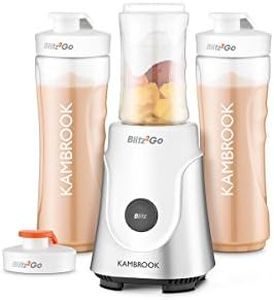
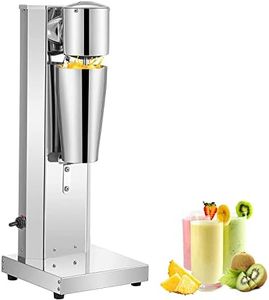
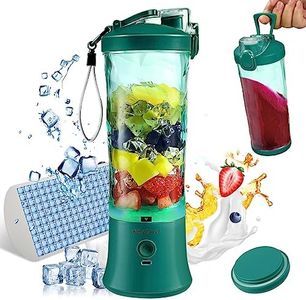

![Russell Hobbs Blender - Stand Mixer & Smoothie Maker to Go [23,500 rpm Power Motor] Including 2x Mixing Containers 600 ml (BPA Free, Dishwasher & Shatterproof Including Lid) Chopper, Stainless Steel,](https://images-proxy.bestreviews.guide/4G737i0EJAdNI2CDt3VERQ93WRo=/0x300/https://m.media-amazon.com/images/I/41dx0hiZH0L._AC_CX679_.jpg)
